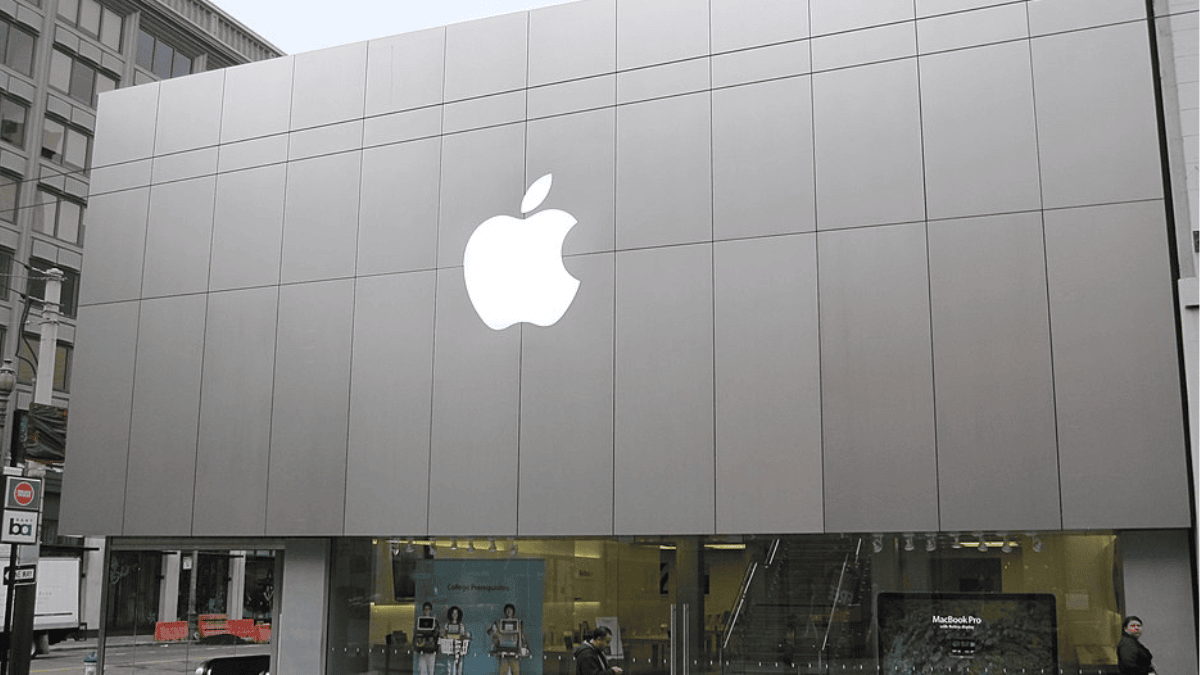Appleis undergoing a significant change in its physical retail footprint. Unlike many technology companies, Apple is actively pursuing the retail sector, which is typically considered difficult because of high expenses and intense competition. The company is stepping back from conventional shopping malls, choosing instead to focus on city centers and upscale neighborhoods. This approach is not unique toApple, as it has consistently focused on tourists and affluent customers, with shops located in fashionable areas such asSoho, New York.
The Critical Shift: From Shopping Centers to Urban and High-End Districts
Apple has stated it will not renew its lease at thePartridge Creek Mall located in Clinton Township, Michigan, with a deadline established for August 2025. At the same time, a new store will launch in downtown Detroit on Woodward Avenue, close to the Shinola Hotel. This reflects a larger retail trend as customers shift their attention from malls to more unique and popular outdoor shopping locations.
Unlike other technology companies such as Amazon, which have faced challenges with physical retail, Apple functions differently. Its stores are more than just places for sales but ratherexperience centers and marketing vehicles. The objective is to attract individuals through product engagement,protests, and assistance, eventually turning guests into dedicated buyers. The shops are flawlessly arranged, featuring a restricted selection of items in well-organized displays, facilitating easy movement.
Expansion on a Global Scale Reflecting the Same Mission
Apple’s worldwide retail approach is clear through its growth inSaudi Arabia, a market embracing modernization. Following a digital launch in 2025,Apple plansto open additional physical locations in 2026, including a main store in Diriyah, a UNESCO siteWorld Heritage site. These retail locations will act as hubs for product exploration, customer assistance, and local involvement, combining Apple’s renowned aesthetics with elements of Saudi culture, highlighting high-end sites and engaging environments.
Although it has been successful, brick-and-mortar retailinginvolves risks such as high fixed expenses and increased stockpiles. Experts are cautious regarding the immediate financial returns from these stores, implying they might serve more as a brand enhancement rather than significant revenue sources. Nevertheless, Apple appears to be investing in the long-term perspective of a shifting digital economy and a youthful, technology-oriented demographic, as demonstrated in Saudi Arabia, where retail visits are projected to increase by 12% each year until 2030.






